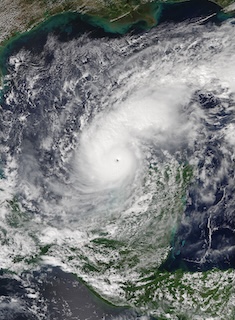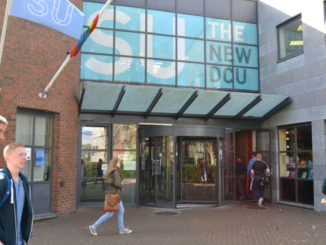
On the night of October 9th Hurricane Milton made landfall, hitting Florida’s coast relentlessly. 24 fatalities have been reported and over 160 billion dollars in damages to homes, businesses, and key infrastructure. This fast-hitting disaster has caused displacement across America.
The National Weather Service (NWS) reported that Storm Milton brought with it a “Record number of tornado warnings”. This came only weeks after Hurricane Helen caused over 200 deaths and over 80 billion in damage, the deadliest storm to strike the US mainland since the infamous Hurricane Katrina in 2005.
Floridians still face hardships after this natural disaster: overloaded hospitals, housing insecurity, and large business closures with job losses. While tragic, what stood out as unusual was the way social media played into the storm.
Of course, Milton isn’t the first widespread disaster to occur during the social media age. Many had their social media feeds overwhelmed by coverage of the disaster as it played out in a way not experienced before.
We saw real-time reporting of Milton and its aftermath on sites like X and TikTok in a way that truly allows you to feel the gravity of the Hurricane. Surreal imagery such as tik tok user @e_alphanso_ sitting in a kayak in what remained of his living room. His head almost touches the ceiling as the room around him swells with brackish flood water that sits a metre high.
Social media was also used as a tool for authorities to circulate evacuation routes and what to do to avoid harm.
However, not everyone online paid attention to warnings. Many influencers made a purposeful decision to stay behind at home and not evacuate all in the pursuit of getting footage of the disaster that they could monetize online. This risky behaviour could be attributed to widespread distrust in authorities held by many Americans who don’t have enough faith in state and government officials to heed warnings.
Joe Malinowski, labelled by the public as “Lieutenant Dan” in honour of the Forrest Gump character due to him having only one leg, is an eccentric Florida man who lives in a small boat in Tampa. The area that forecasts predicted to be hit the hardest. Concerns first arose after Malinowski announced he wouldn’t be leaving his boat even with the storm that was about to hit, holding the power to tear roofs from atop buildings.
Over the next 24 hours, people all over the world were on edge of their seats with his situation trending online. Every few hours we would get an update checking in on his boat only to see that against the odds he was hanging on. Celebrity fundraisers amassed tens of thousands of dollars in the hopes of buying Malinowski a new boat if he survived the ordeal.
The next day against all odds he survived the category 5 hurricane intact. Shortly afterward, he was jailed with his boat seized by local authorities, deemed a public safety violation.
Another way this distrust is manifesting itself is through conspiracy theories and misinformation. Arising from X (formerly Twitter) the theory that has trended the most was “weaponized weather”. The story is that Hurricane Milton was the product of government-funded “geo-engineering” and was artificially produced to target countries that were Republican to swing votes.
This ties into former president Donald Trump’s wider narrative of the “stolen election”, a major part at the end of his tenure in the white house and a narrative that instilled doubt in the electoral process among his voters.
The American public’s distrust in government can’t simply be dismissed as ignorance or a desire for conspiracy. This suspicion has deep roots in a history marked by institutional failures and abuses of power. Undermined public confidence can be seen in the actions of citizens during these hurricanes. These actions haven’t just led to scepticism, they’ve fueled an idea that the government often protects special interests over human life, leaving many Americans rightfully wary of official narratives.
This cumulative history makes conspiratorial thinking around events like Hurricane Milton seem more plausible, even when evidence is lacking. The conversation of the election and the ties with the Hurricane is a prime example of the exaggerated divide in American society around political ideology.
As Floridians work to rebuild, the lessons from this storm extend beyond physical damage. Milton shows us that in the area of disaster response, social media can be both a powerful tool for support as well as a breeding ground for controversy.
We must consider how we will navigate this digital dilemma when the next disaster eventually strikes.


